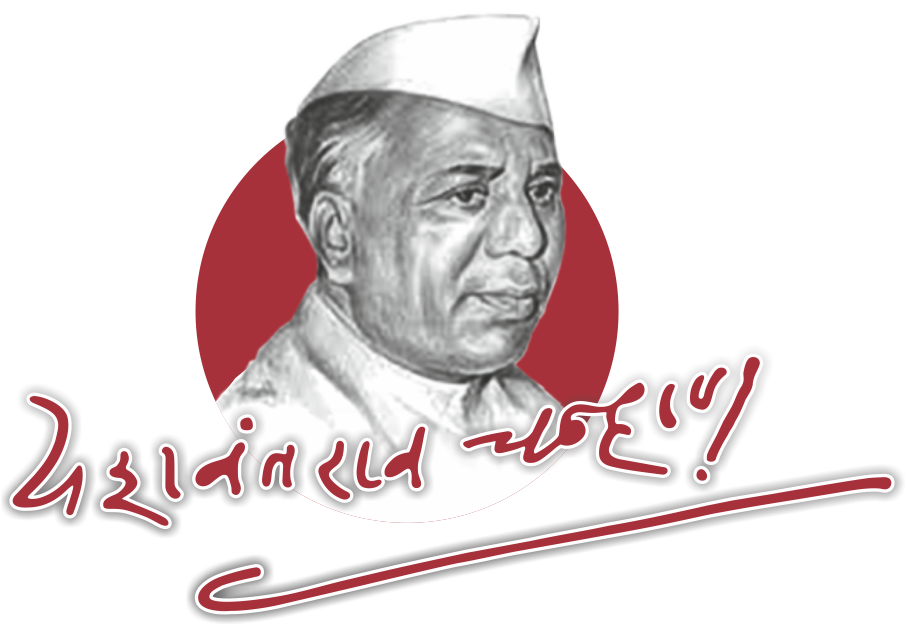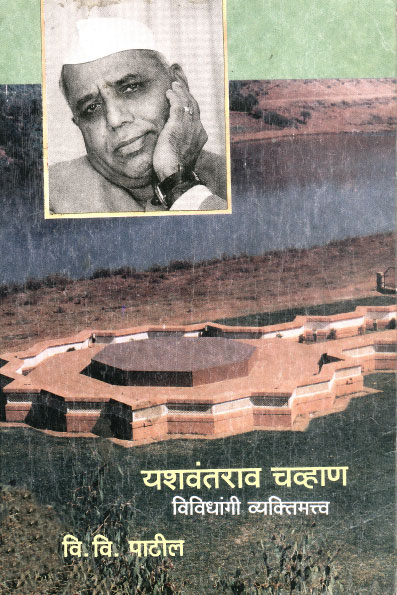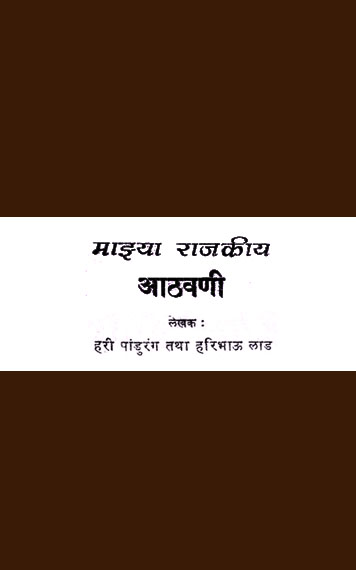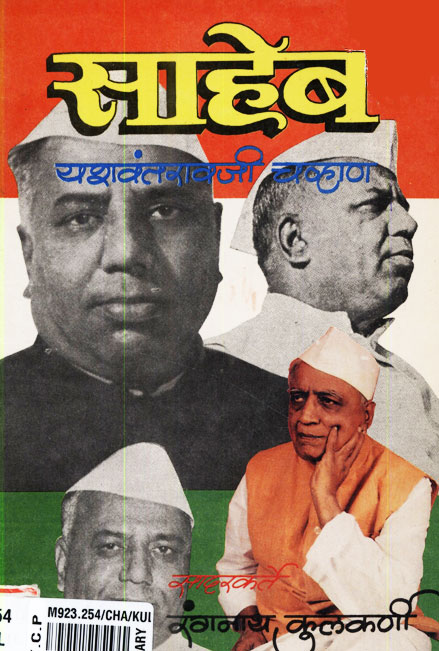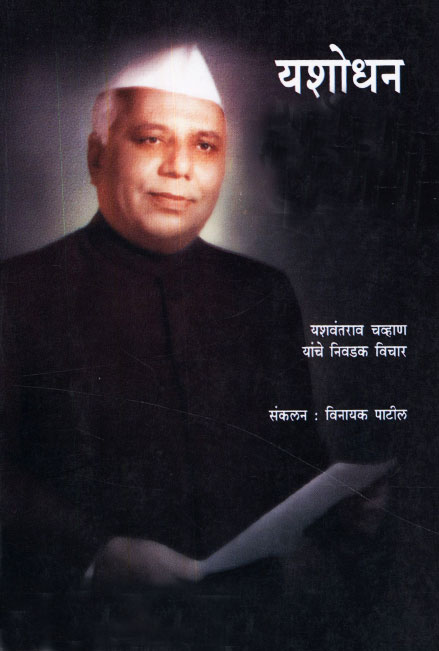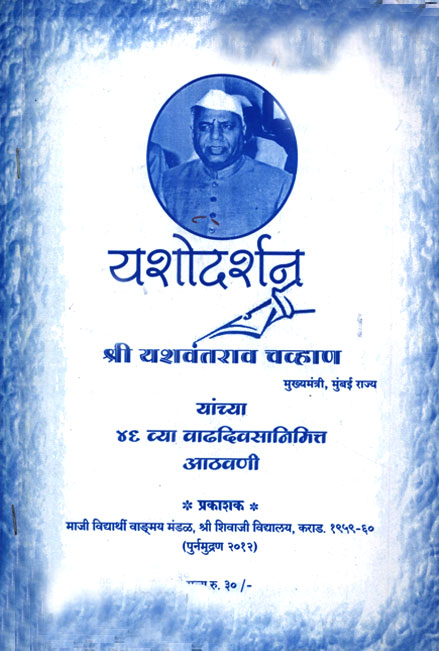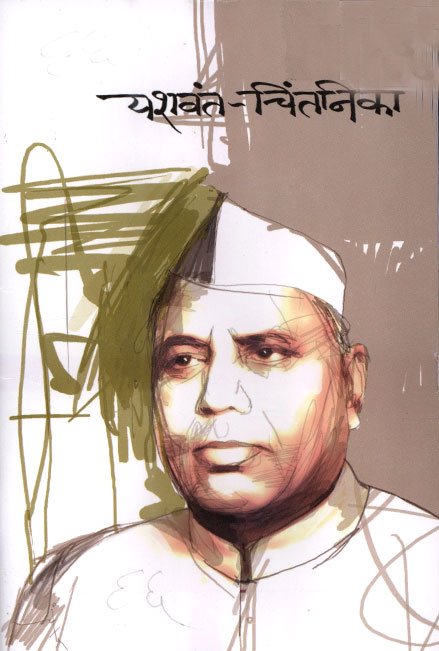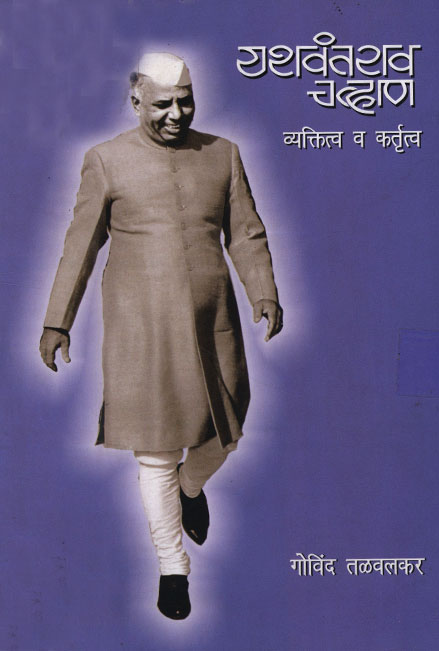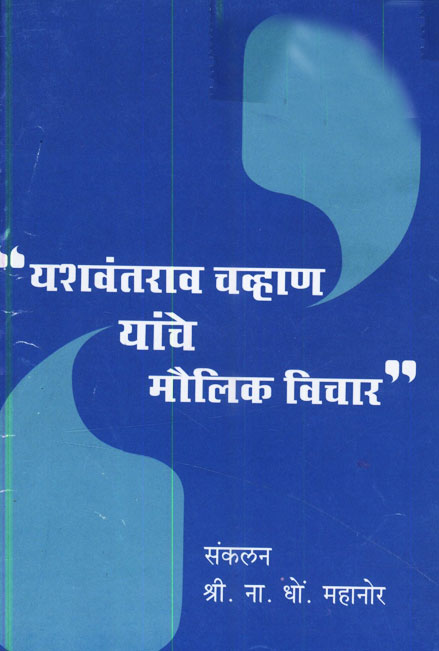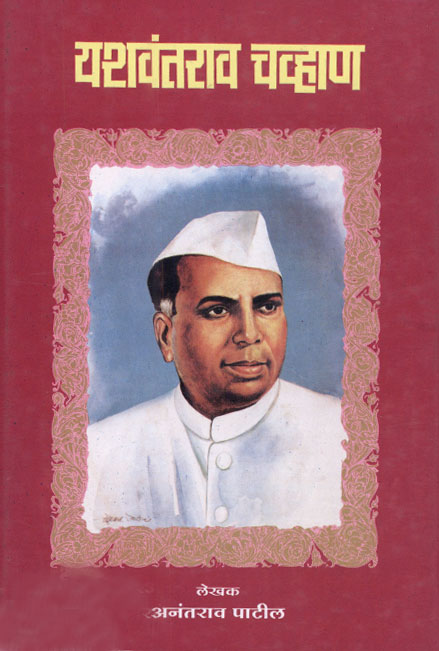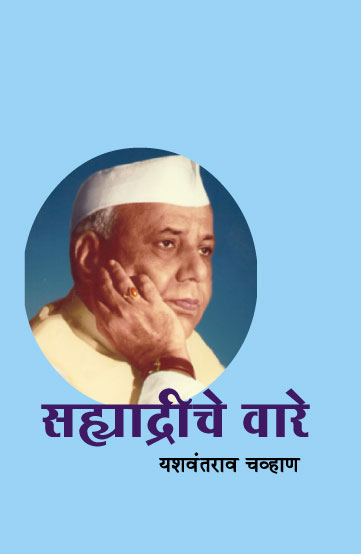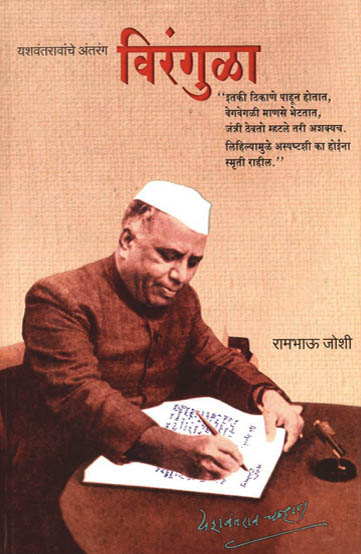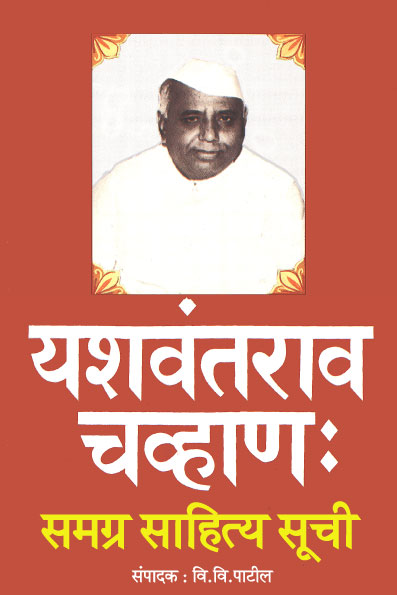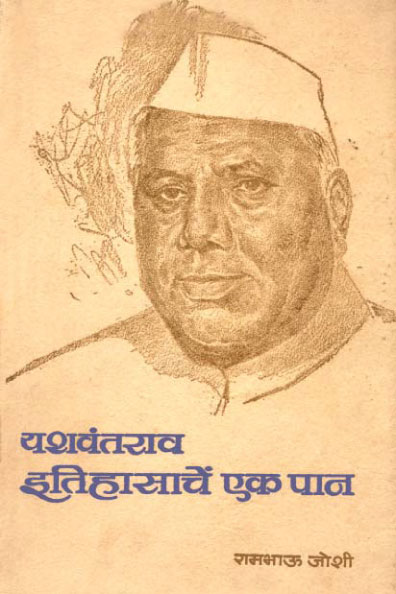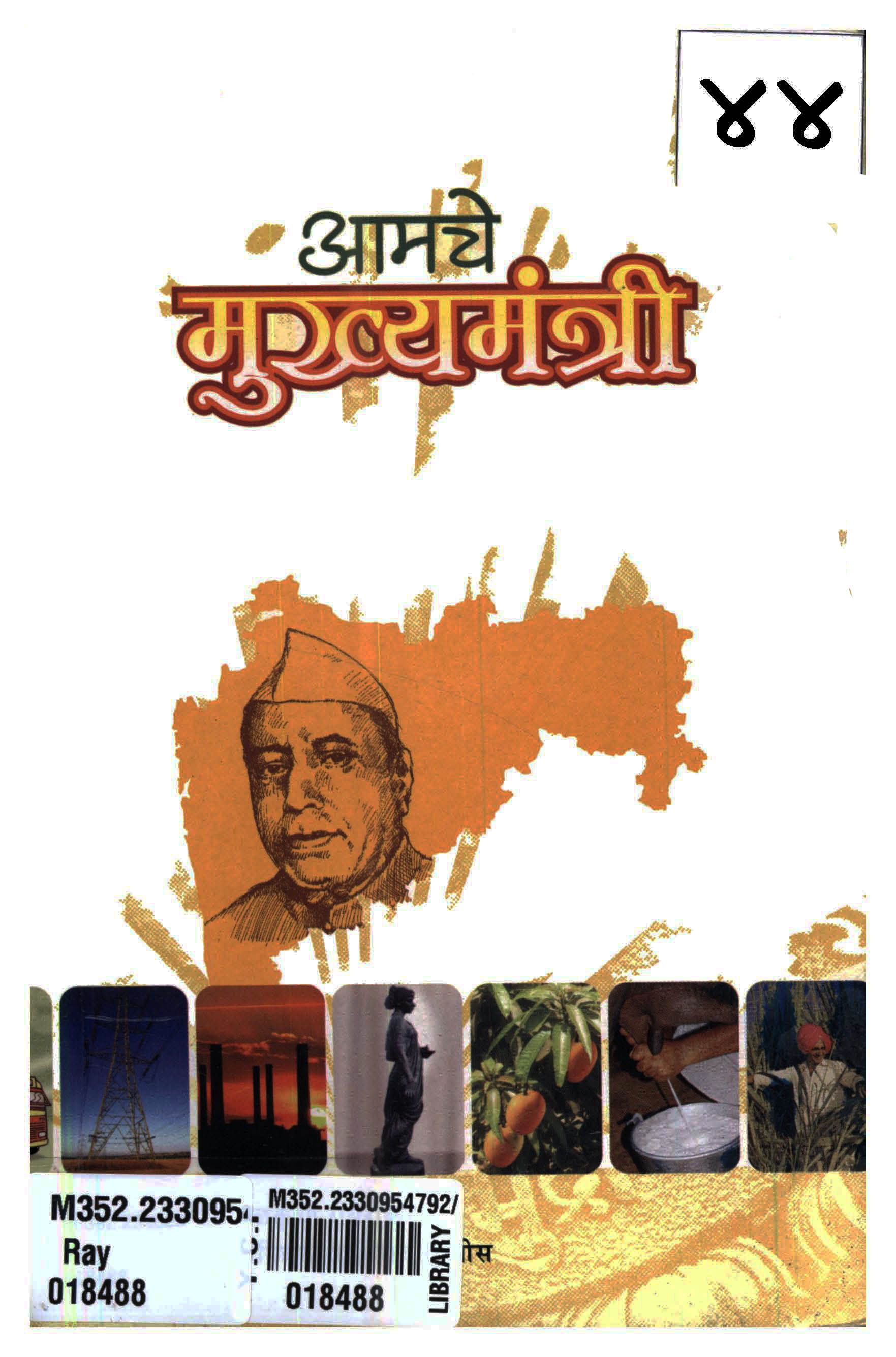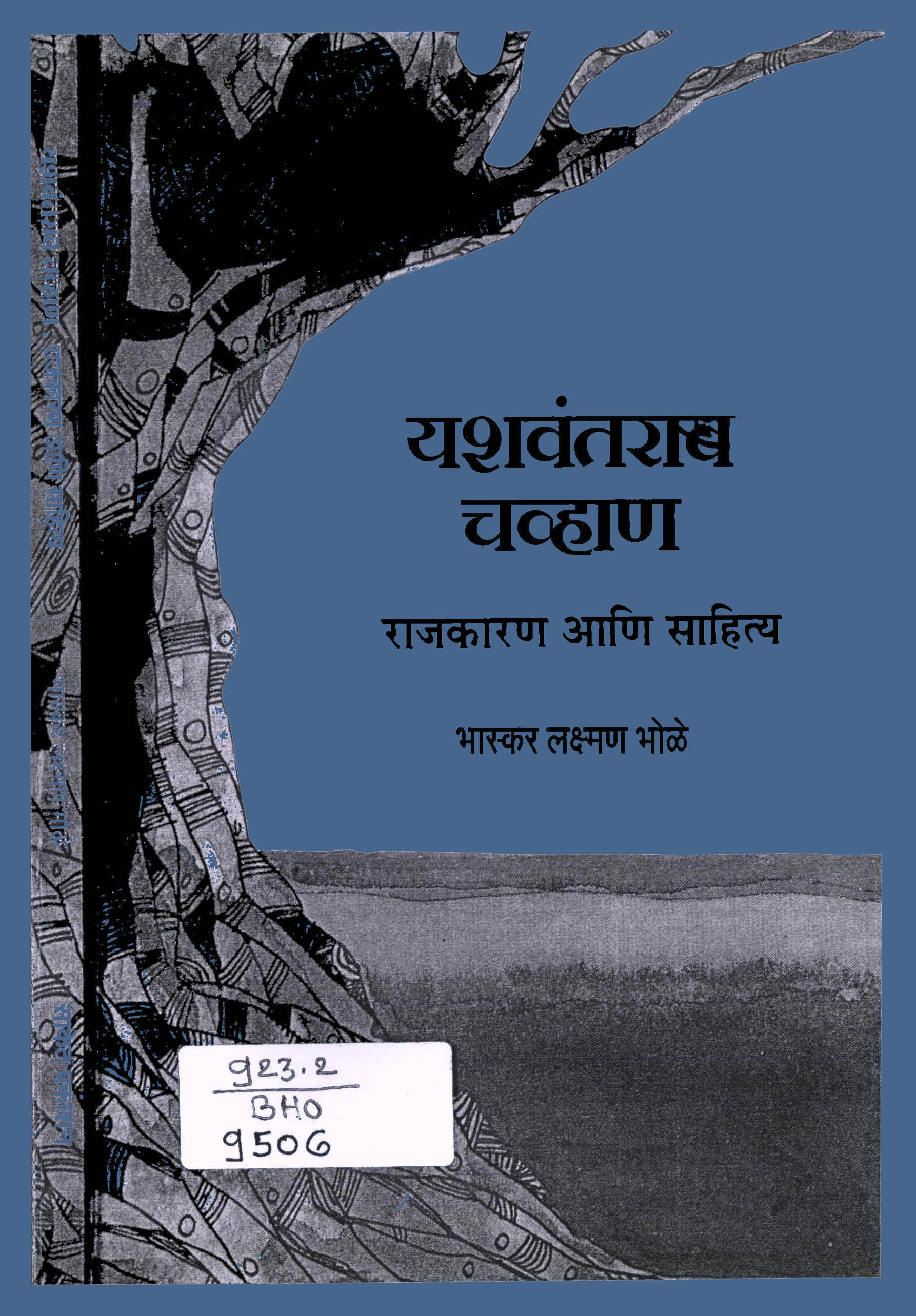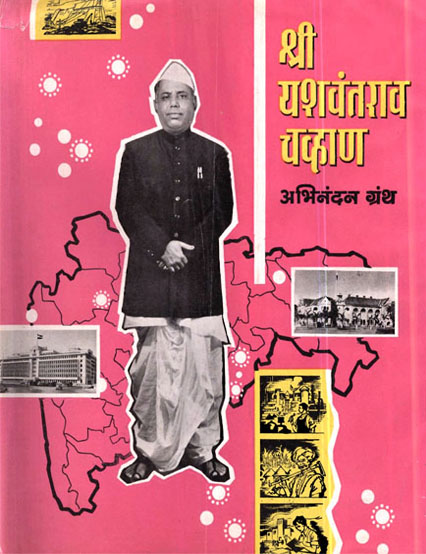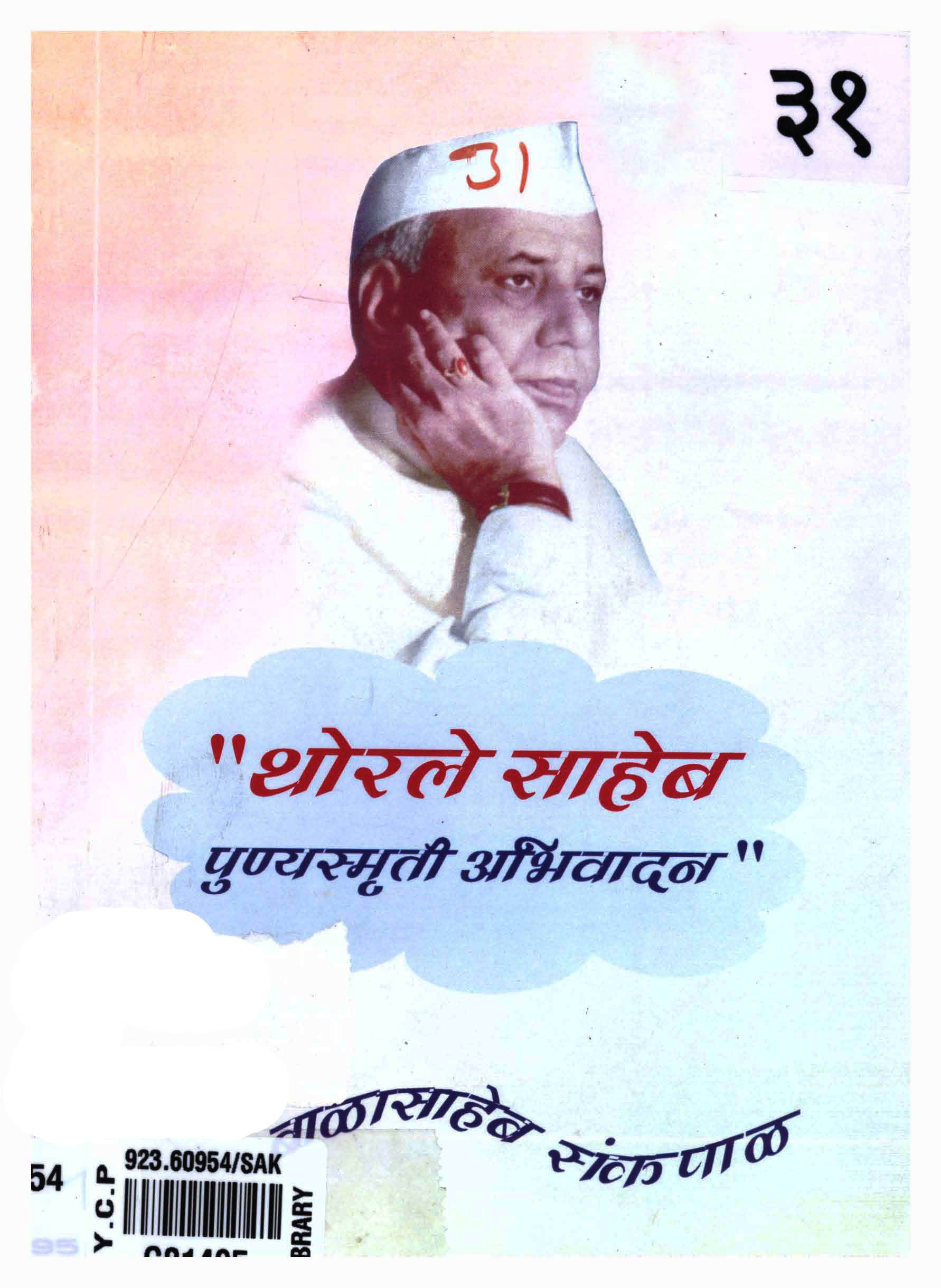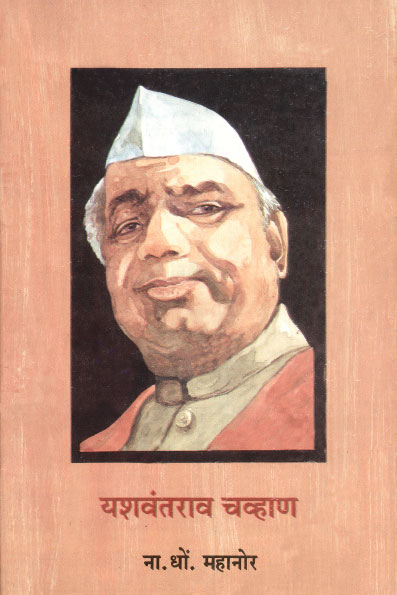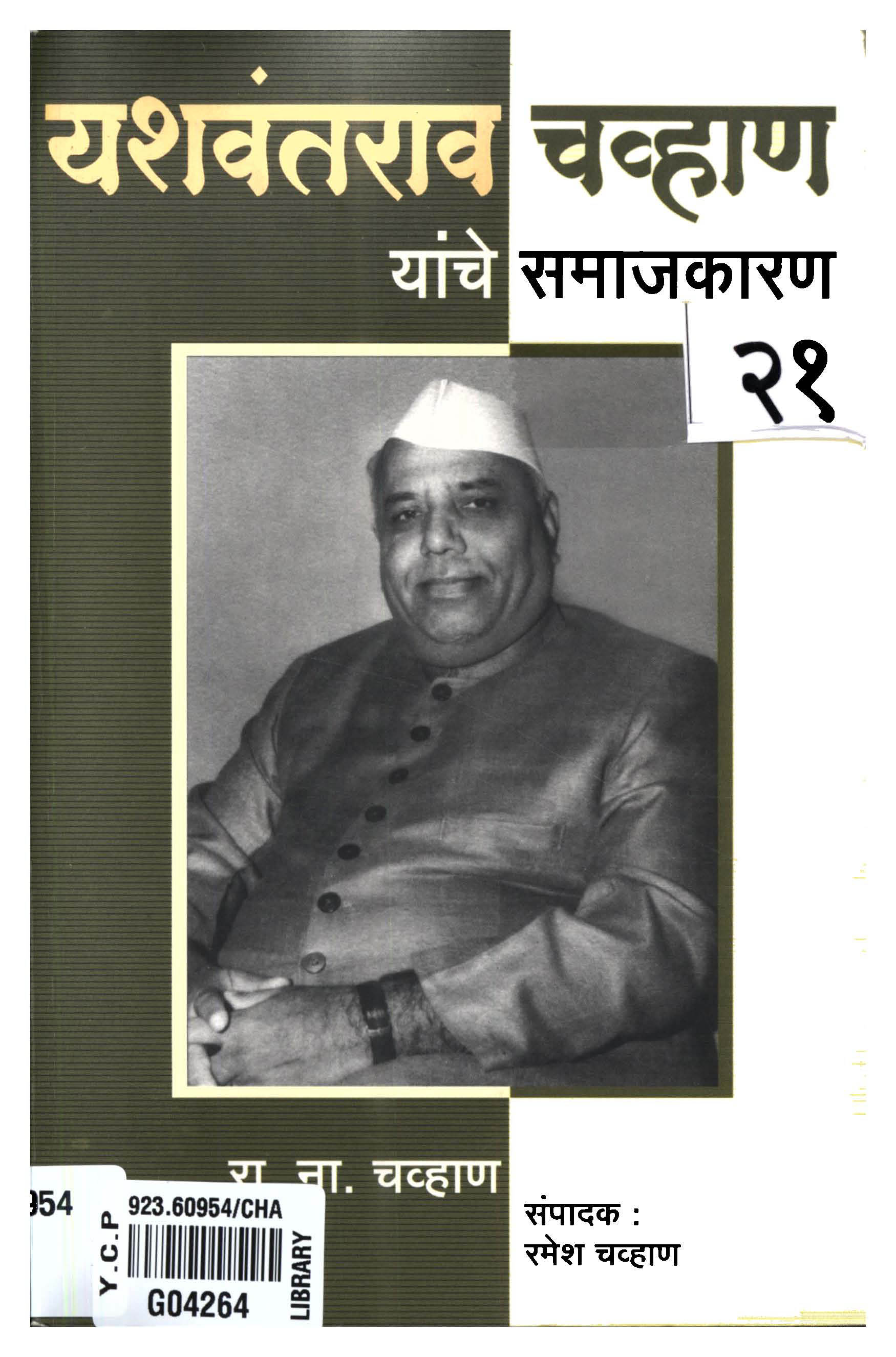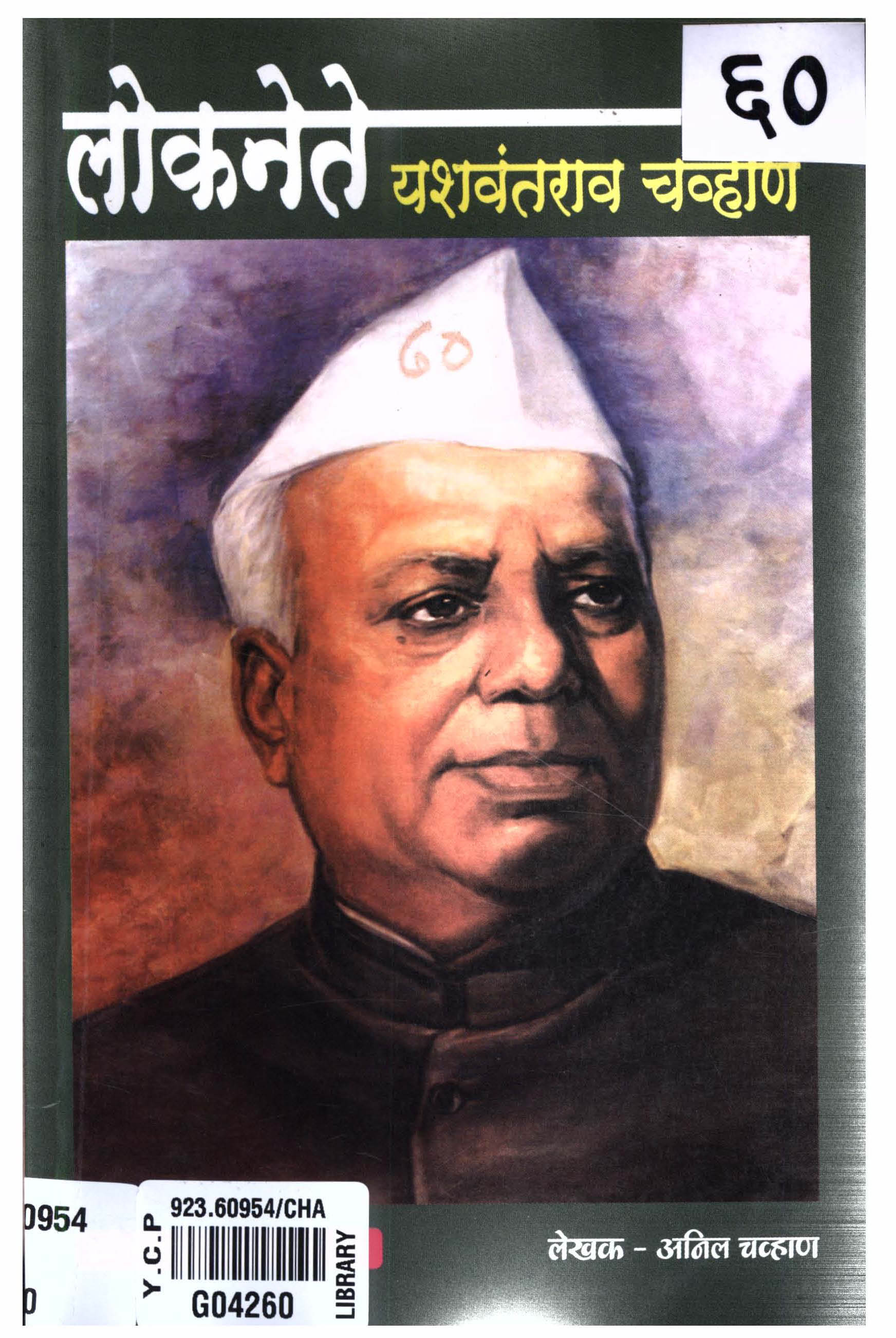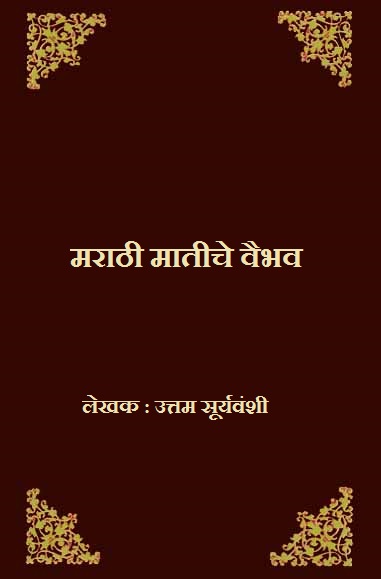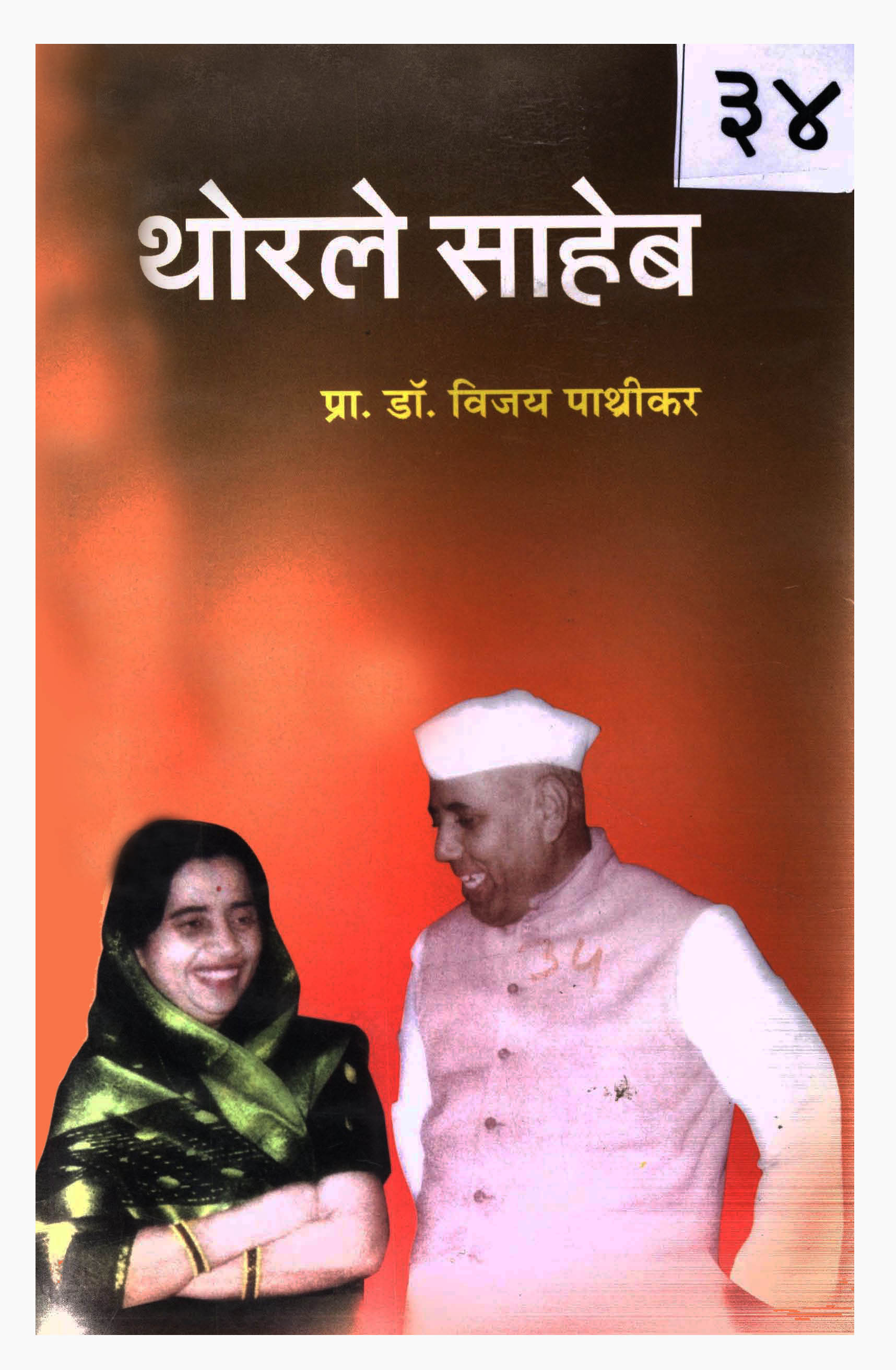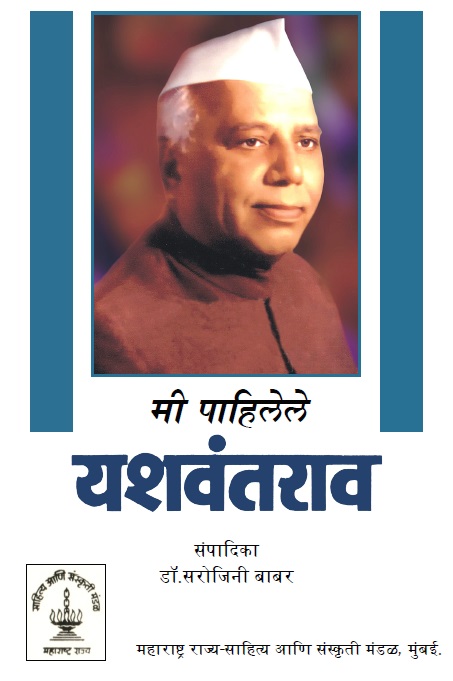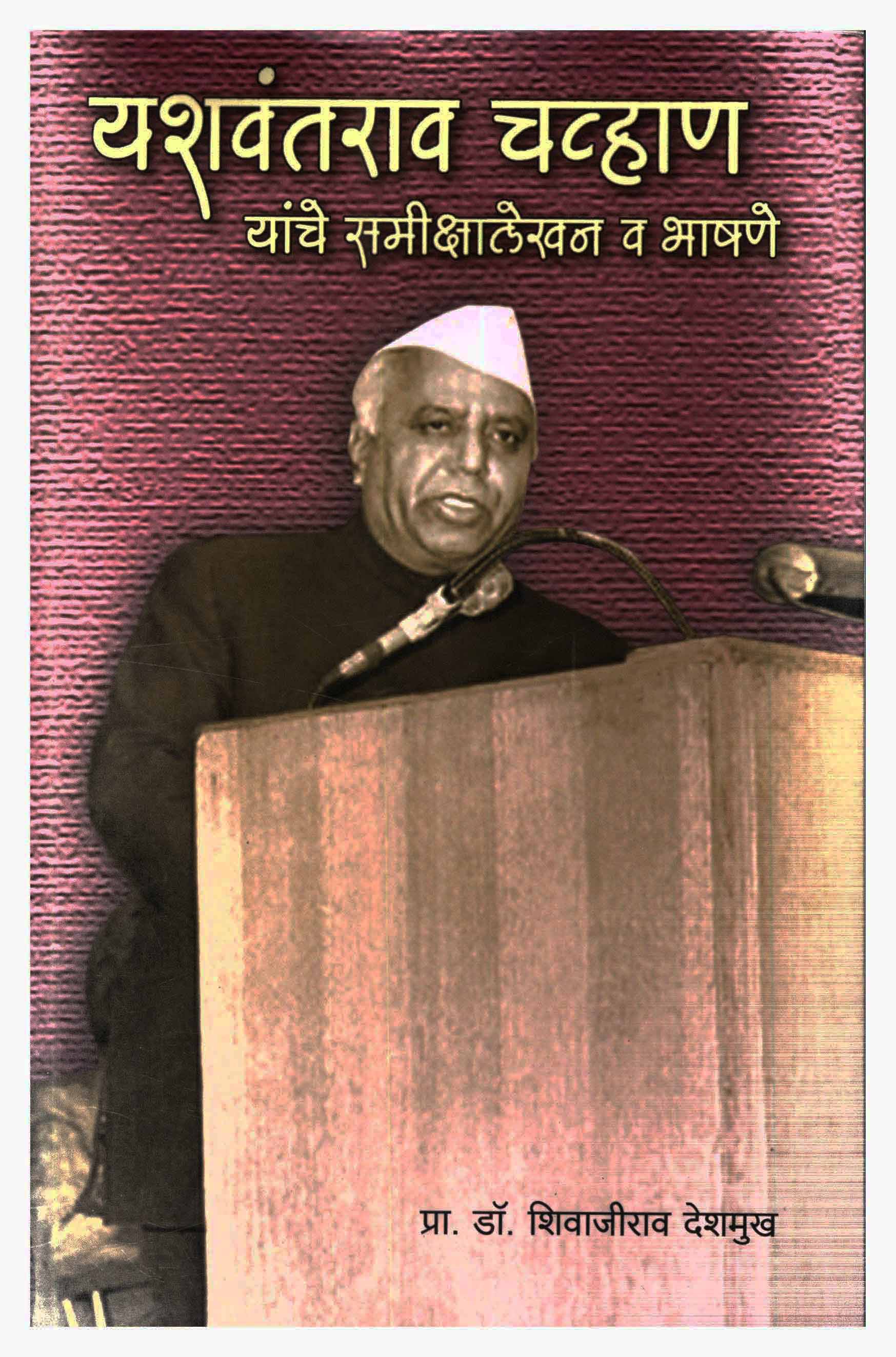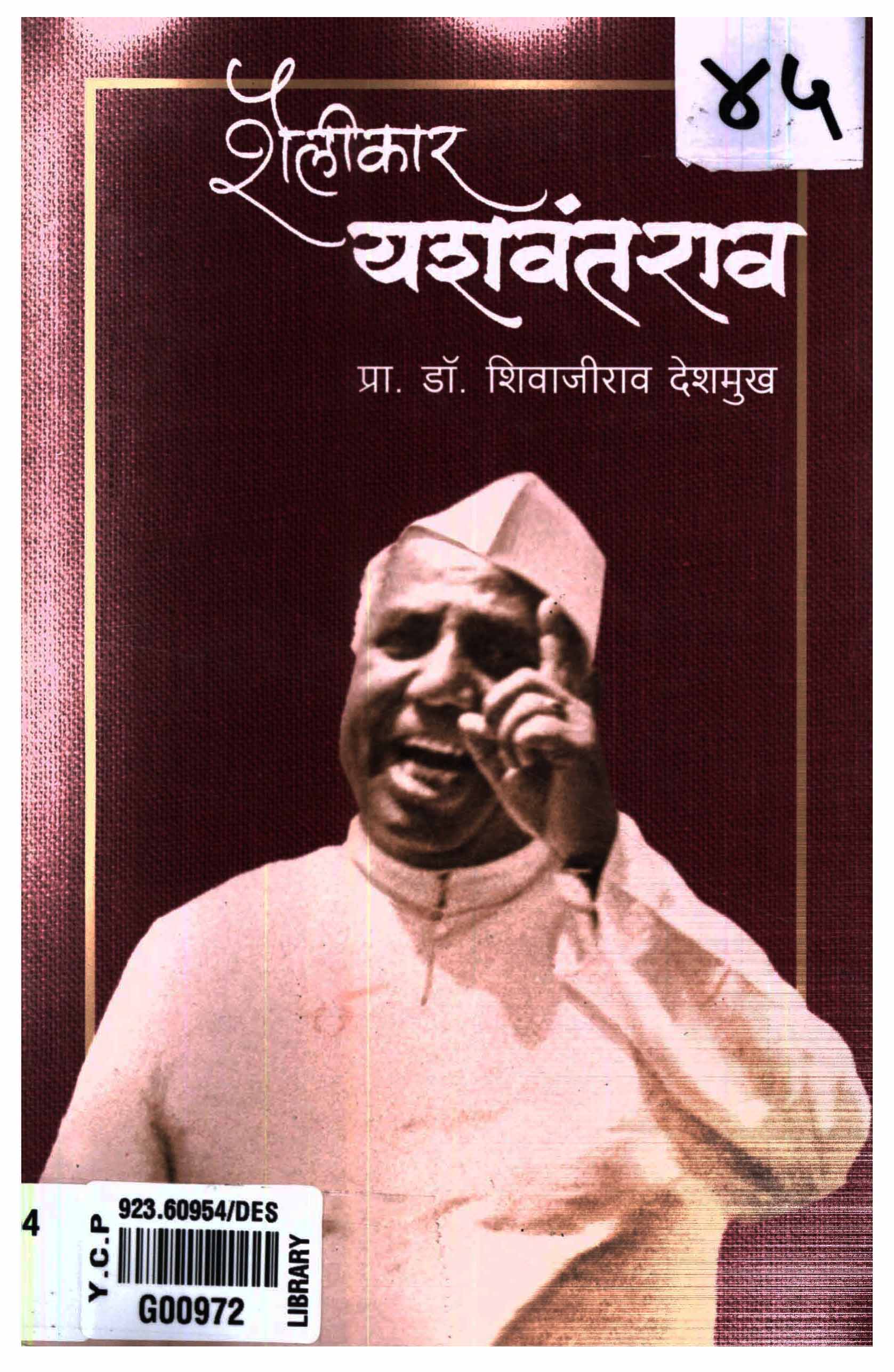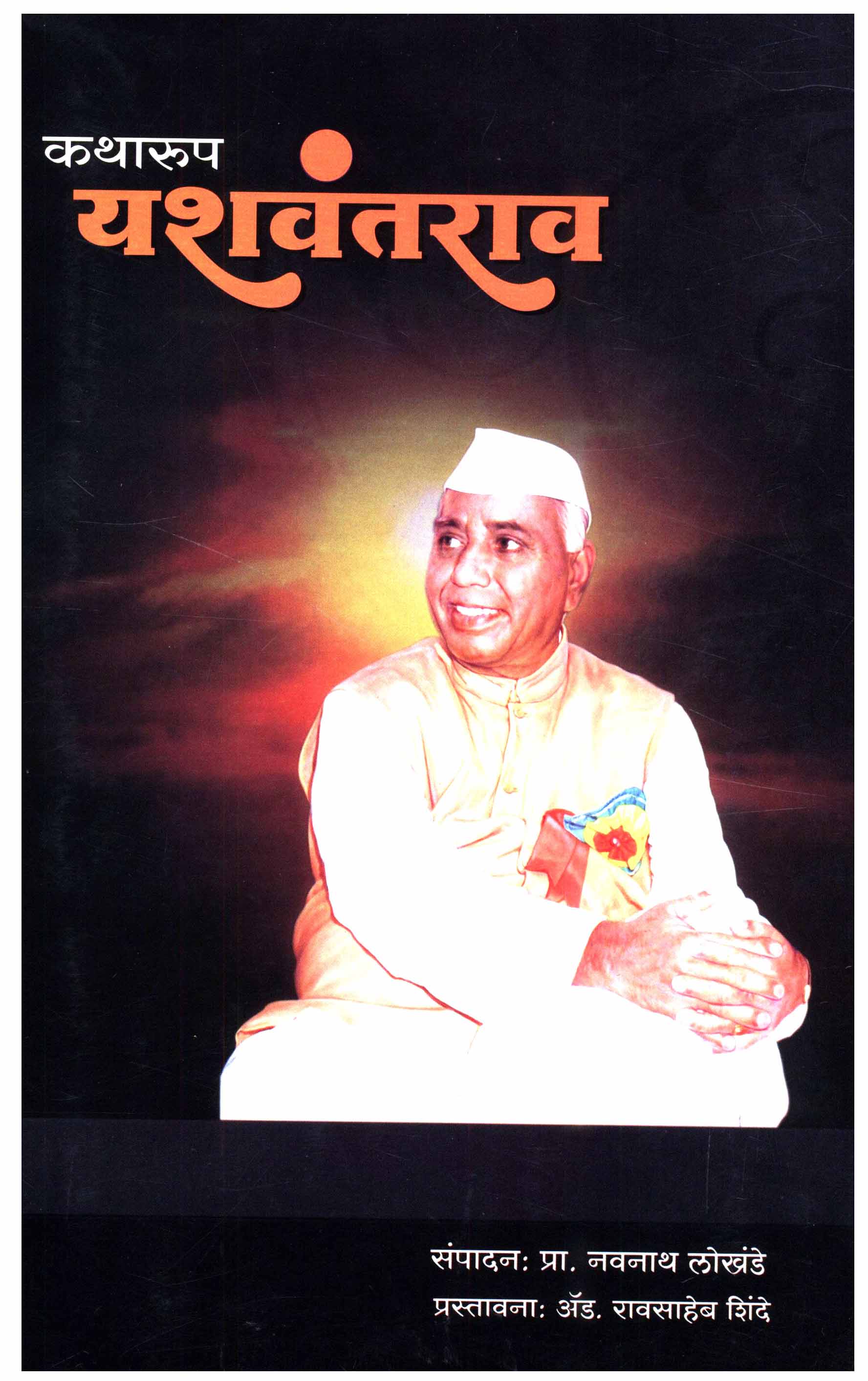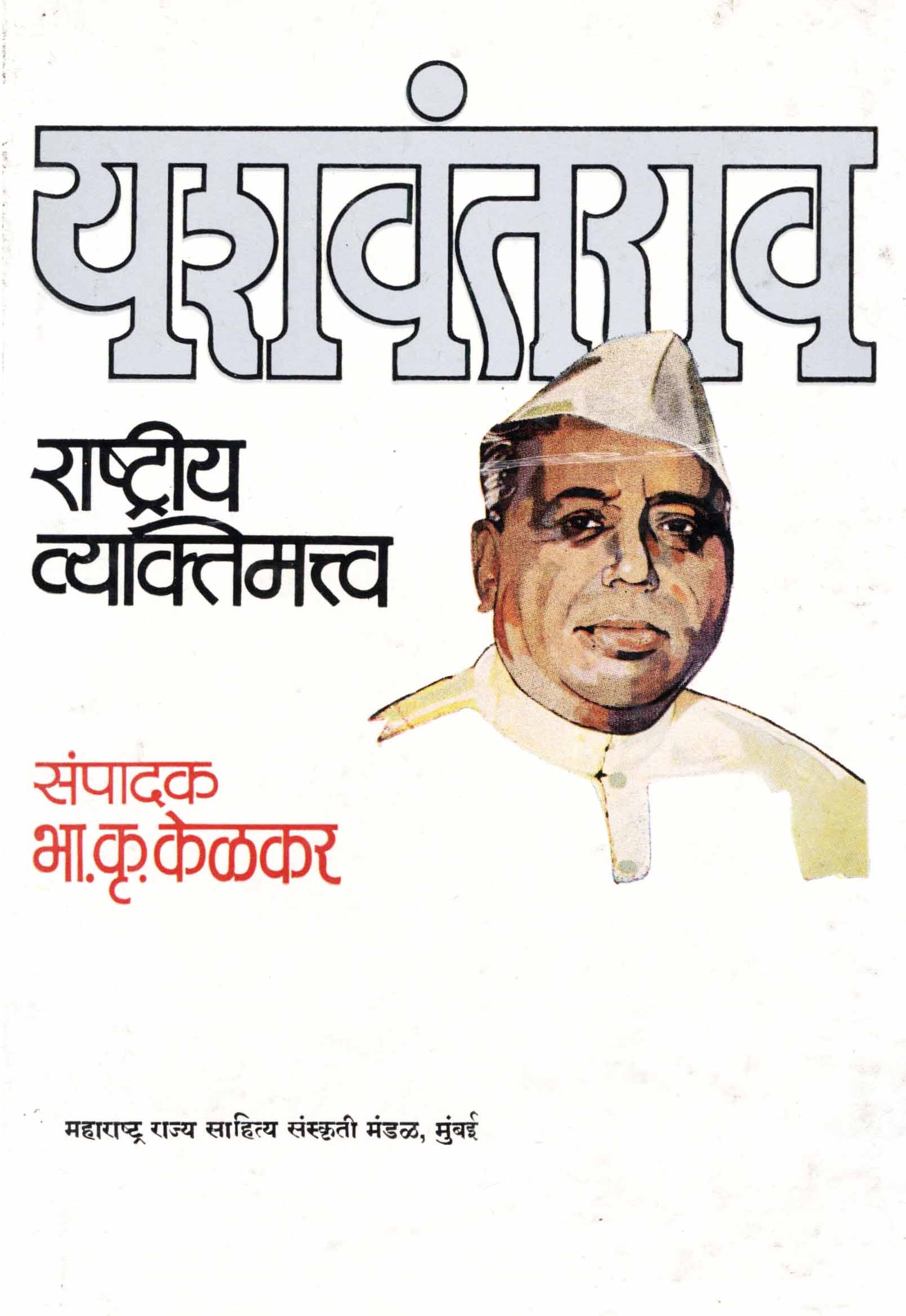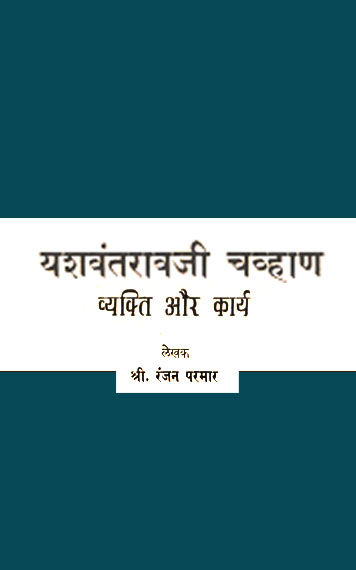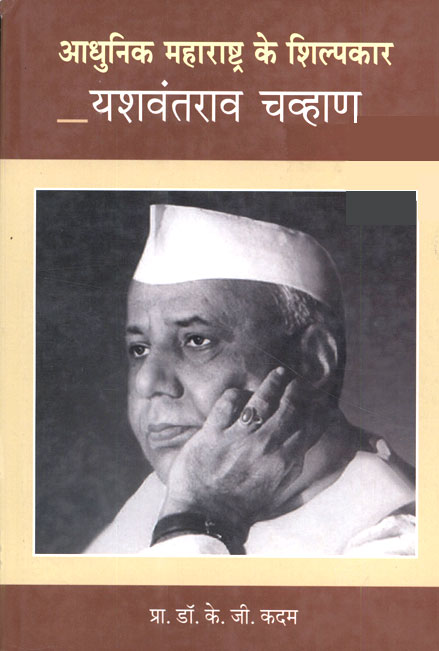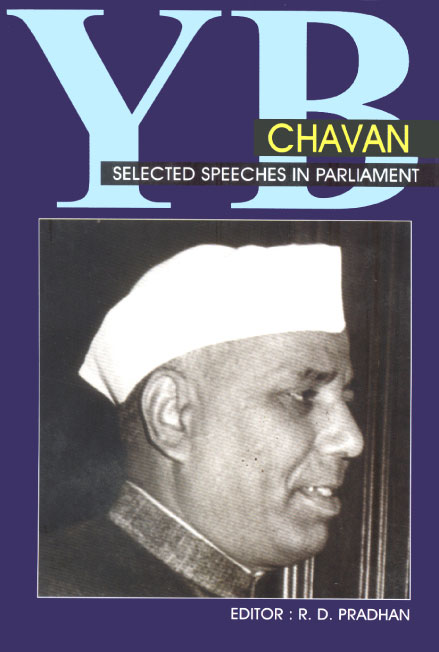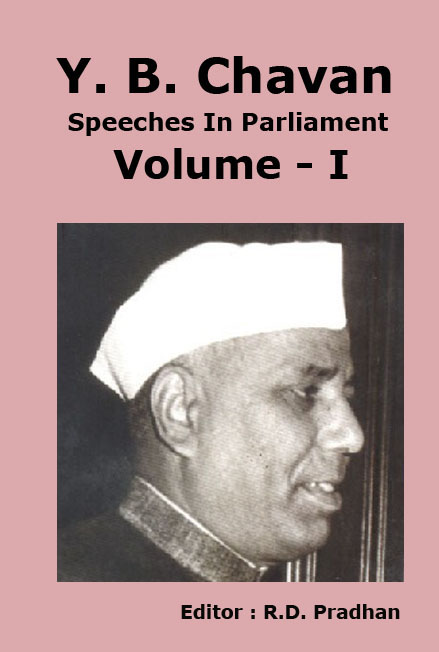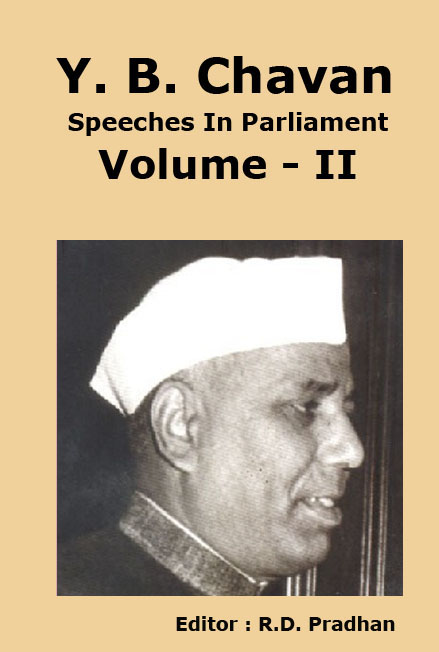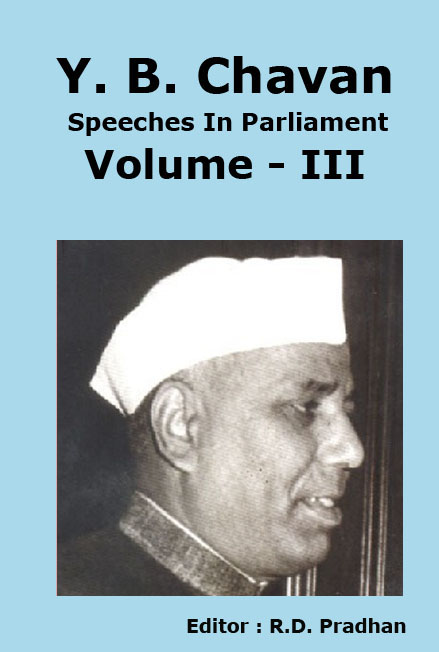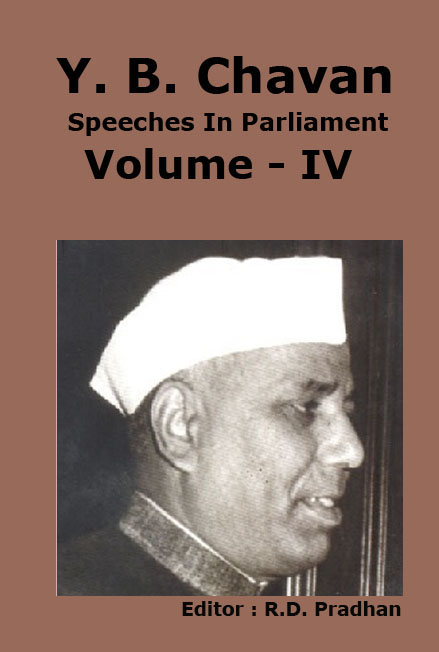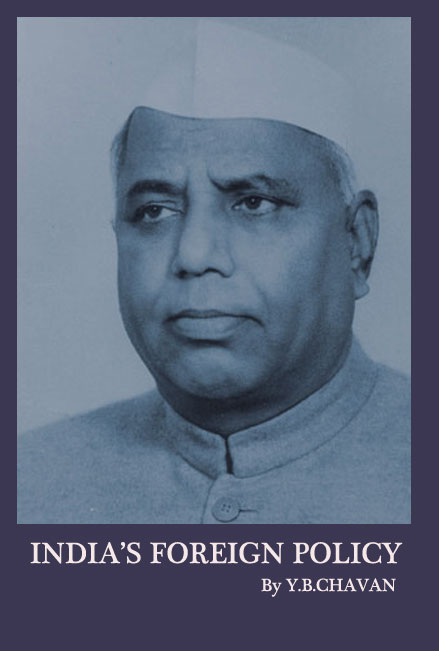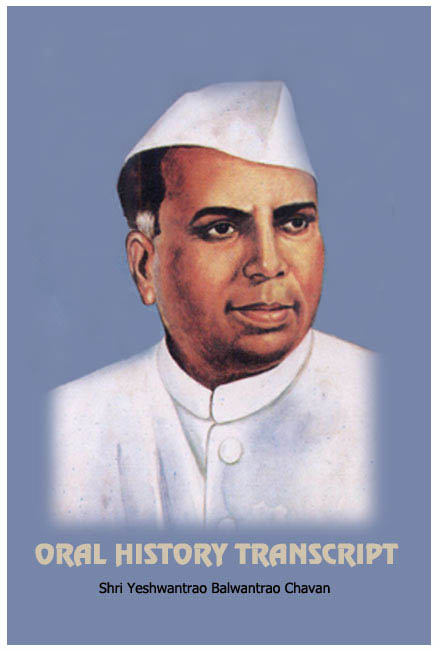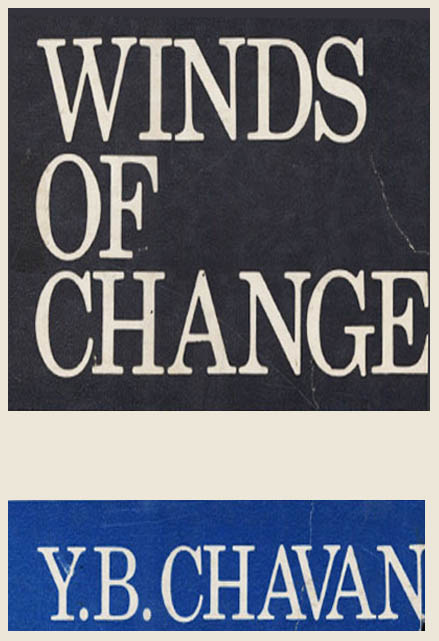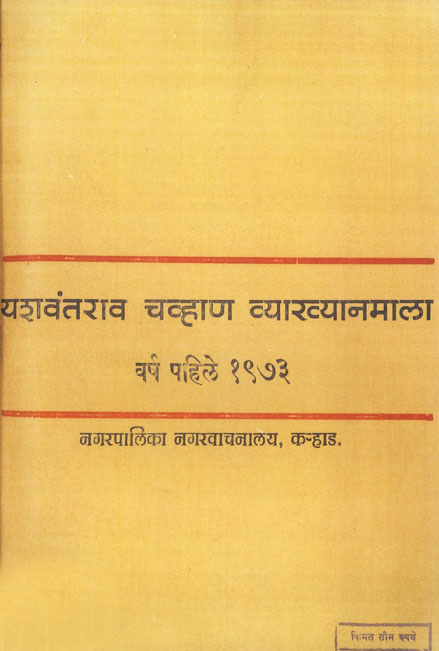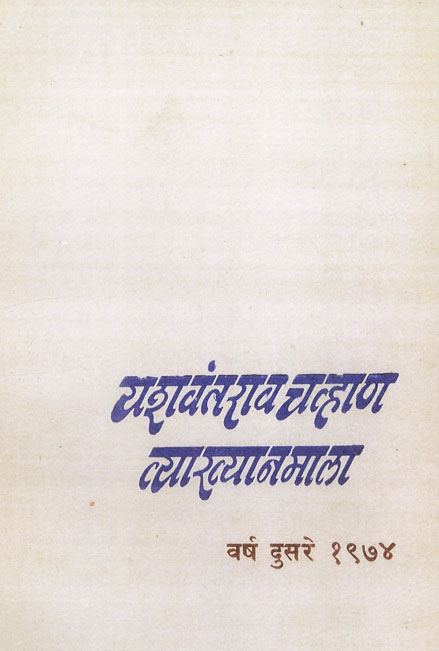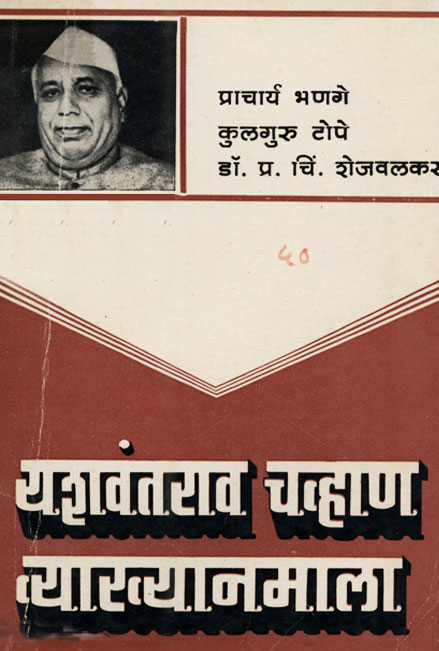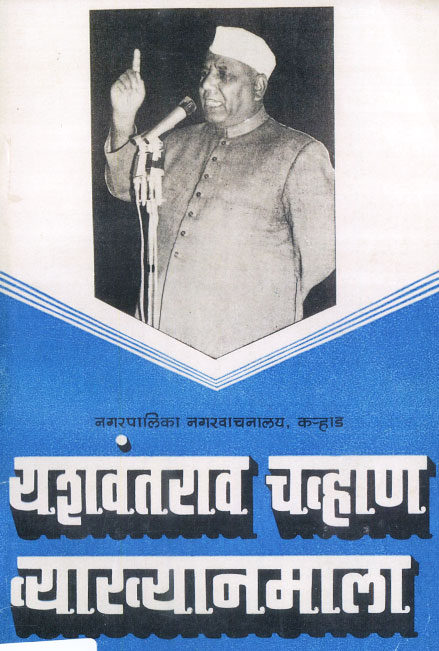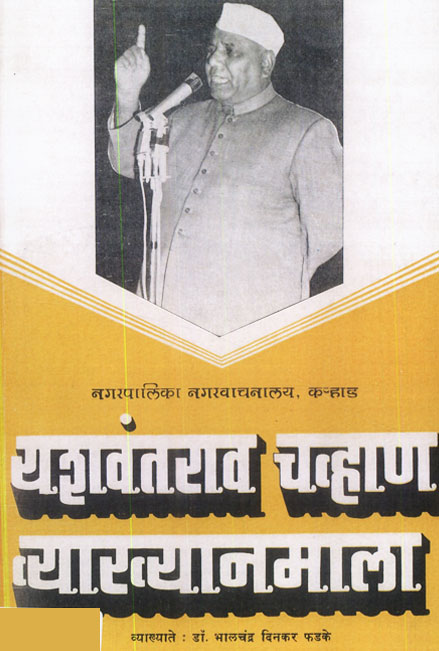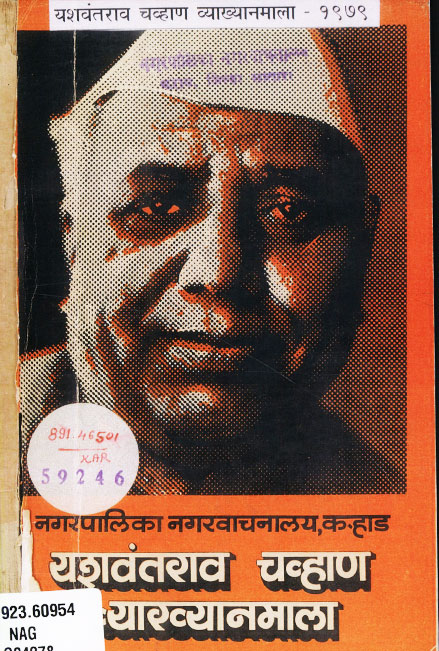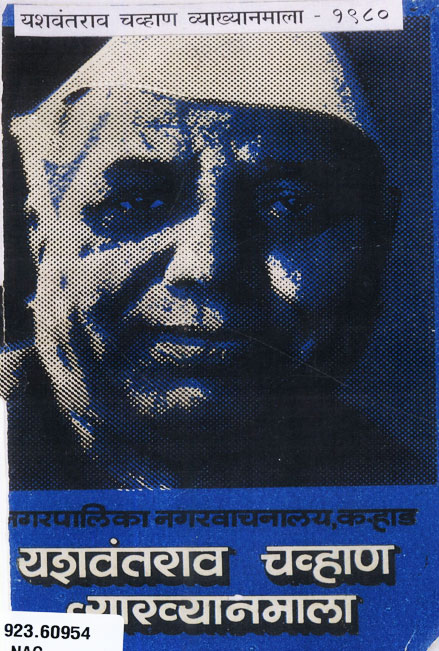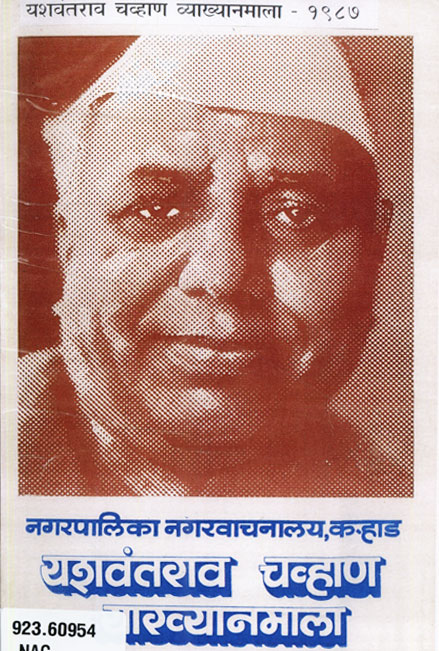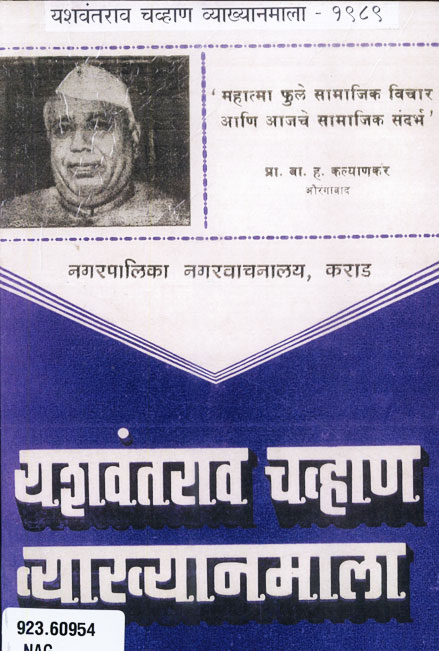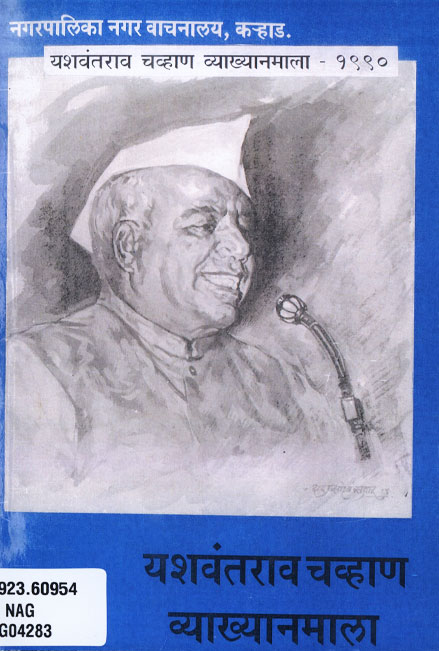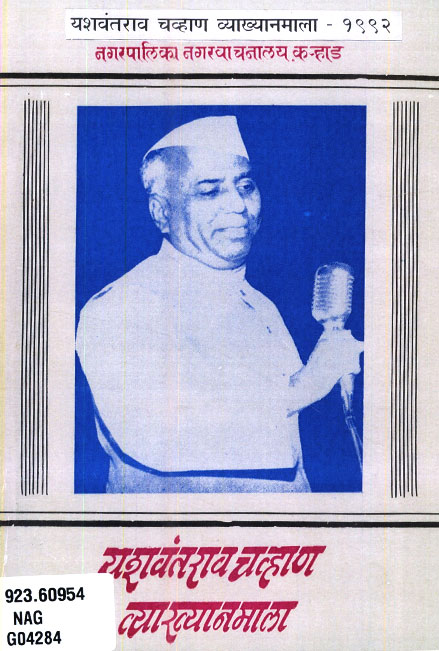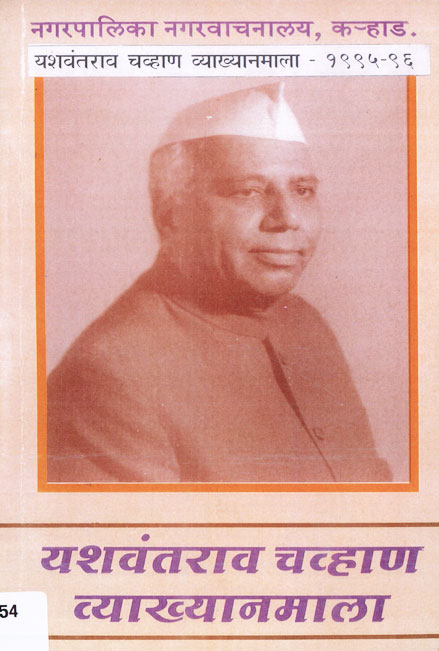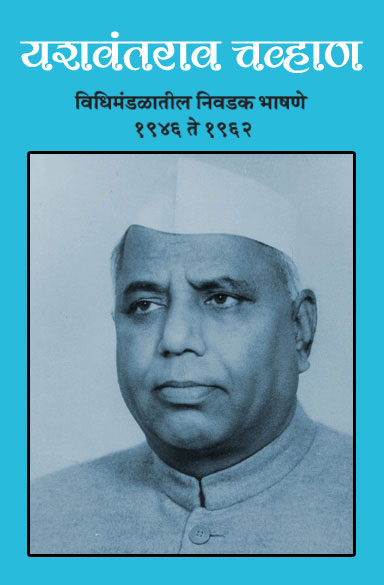In the three decades since this concept was put forward, in a cohesive form by Nehru, the non-aligned movement had developed into a powerful and respected international forum, which has been able to make a significant contribution in the direction of world peace and stability, the elimination of evils of colonialism, racism and racial discrimination, and the establishment of a just and equitable international economic and social order.
In the early years, the impetus for creation of the movement came from two conferences, both of which were held on the continent of Asia. One was the Asian Relations Conference, held in New Delhi in 1947, and the other, the Bandung Conference of Afro-Asian countries, held in Indonesia in 1955. These conferences showed the tremendous support given to the policy of non-alignment by the newly-independent countries of Asia and Africa. They demonstrated widespread recognition of the importance of avoiding domination by or subjugation to either of the power blocs and the need instead to work for democratisation of the international political system.
Independence and World Peace
As an expression of this growing momentum and support, the first non-aligned summit conference was convened in Belgrade in 1961.
At the first summit in Belgrade there were twenty-five countries present as members, of which thirteen were from Asia. Since then, however, the movement has been growing and through the subsequent summit conferences, held in Cairo (Egypt) in 1964, in Lusaka (Zambia) in 1970 and in Algiers (Algeria) in 197, the number of non-aligned countries has been increasing rapidly. At the fifth summit conference, held in Colombo on 16-19 August, 1976, eighty-six countries participated as full members, ten as observers, and seven as guests. The rapid growth of the movement is in itself a striking indication of the effective role and importance of non-alignment and the extent to which its policies and programmes have been vindicated over the years.
What has the non-aligned movement worked for in the last two decades? What have been its aims and objectives? In a world recovering from the ravages of World War II in a world characterized by a growing number of newly-emerging countries, the policy of non-alignment answered the deep yearnings of mankind for an enduring and meaningful peace. It met the national interests of the newly-independent countries, which lay in strengthening and consolidating their hard-won independence.
